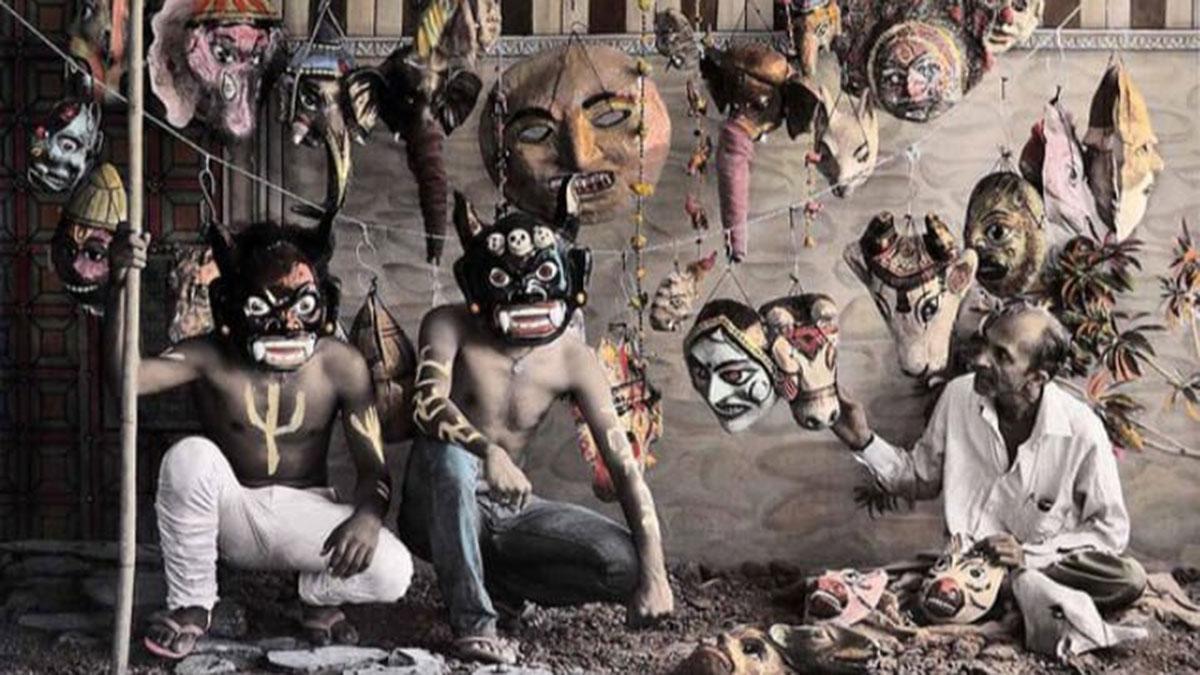Hanging art on your walls is always uplifting. However, making an entry into the art market as an investor can be challenging. If you are immersed in art, buying art is not a difficult proposition. You are aware of the styles, artists, periods, genres, and emerging artists. But if you are beginning to take interest in art an investment, you need to be aware of the art world. We spoke with gallerist and curator, Bhavna Kakar. Here are her top suggestions:
1. Read, read, and then read some more
The best you can prepare before starting out as an art investor is by familiarising yourself with art by reading some good books. Educating oneself via books and magazines is the best way to prepare for what to expect in the world of art and the artists. However, the art market is best navigated by venturing into it. Art magazines are wonderful sources of literature on art that can help you find interesting artworks. Catalogues of museums and galleries, exhibition texts, brochures, and blogs also provide a wealth of information.
2. Start by visiting your local museum
The art world is no picnic and if you’ve ever felt alienated or intimidated walking into a gallery, take comfort in knowing you’re not alone. You can start out by visiting local museums, art fairs, events, and congregations in your city to engage with the formal aspects of art, mediums, different periods, and styles. In context of India, cities like Delhi have the National Gallery of Modern Art, National Museum, public exhibition venues like Bikaner House and Visual Art Gallery of India Habitat Center; tier 2 cities like Jaipur has the Jawahar Kala Kendra; Mumbai also has NGMA, CSMVS, and the Bhau Daji Lad Museum and Kolkata has its own history of archaeological museums with the Indian Museum, the Currency Building, Birla Academy of Art and Culture and so on. And most of these cities house the state Lalit Kala Akademis as well. There are curated annual public programmes like Delhi Contemporary Art Week and Mumbai Gallery Weekend which provide insights into contemporary art to various kinds of audiences. Experiencing art physically and in person becomes crucial in the decision to buy a certain artwork. This helps one understand the kind of attention an artist draws in terms of people’s interest. Very often a person’s taste evolves out of what they originally thought they liked—sometimes it’s before they buy their first piece, and sometimes after. Taste slowly acquires sophistication; buyers often might start off with decorative works and gradually come to appreciate conceptual art.
3. Reach out to art galleries
Art galleries are often the backbone of artists, which is especially true for the art scene in India. Take out some time to visit galleries near you and meet people who are working in this industry behind the scenes. They all share a sense of passion about their artists, no matter if they’re a big name or an emerging talent. Read up on the artist, and ask about his career and art practice. The more informed you are; the better buying decisions you are going to make. An artist who has been written about by critics and who has a portfolio of work which he is already known for, is always a good choice. Drop your name in the mailing list of galleries. Also run a background check on the authenticity of the gallery you are dealing with as well.
4. Don’t be afraid of asking questions
Art world can be a little overwhelming, so talk to people! Get the questions out of your system. It’s not unusual for a first-time art buyer to approach a gallery and be asked what other art they have in their collection. And given the extreme variability of prices, which can rise substantially overnight based on the results of a secondary market sale at an auction house, it’s hard to even know what something should cost, and why. Learn how prices work, how to distinguish between an art gallery and a mere shlock shop. Once you have come close to making a decision about a piece of artwork, you can also connect with good art consultants.
5. Set a budget
You really have to make a budget in your head for what you can afford. You often regret more about things you didn’t buy, not the ones you bought. You feel that some pieces are little out of your price range, but in retrospect it seemed like a missed opportunity. If you really like it, trust your intuition. Going a little over budget is okay, but only a little. Hidden costs like shipping and insurance will drive the price point up inevitably.
6. Determine what you’re buying and why you’re buying it
Is the piece you’re vying for meant to be an investment or is it purely a purchase of love? Buying work that you love and wish to cherish is much easier than gauging if a certain piece has long term value. New and budding collecting enthusiasts should know that size and material of a work significantly affect its price but quality always wins. Hone your eye, buy what you like and don’t follow listicles or auction picks for starters, live with your first purchases and then move ahead.
7. Look for quality and originality
Quality – When purchasing art from a new or little-known artist, it’s important to make sure the piece is made using quality materials. Poor materials will not age well and can lead to deterioration and depreciation.
Originality – Perhaps most importantly, make sure their style is their own. This can be part of your background research. Take a look at their other pieces and assess whether their style has fully developed or whether it might be worth waiting for later pieces. Make sure the creator isn’t simply imitating another artist or movement.
8. Art storage, handling, framing and insurance
The real care and handling begin when you take your cherished artwork home. If your art isn’t hung on the walls, quality art storage is imperative. Good framing lasts longer; don’t pinch pennies on framing costs as they house your valuable artwork literally. Down the line one can also secure one’s art collection with proper insurance. Insurance is invaluable when it comes to protecting your work from theft or damage.
9. Track your purchase
Keep receipts and invoices of everything. The journey of an artwork from artist to owner, record of places it was shown at, authentication certificates, its provenance – this documentation is crucial for future valuation of artwork, especially while buying modern masters.
10. Be curious about what’s new
Apart from the traditional way of buying art, several online platforms have come up in recent years, exploring new forms of art like NFTs which are worth inquiring about. The world has become a hybrid place, and taking the current trends under consideration there are physical/digital or ‘phygital’ exhibitions to explore as well.







